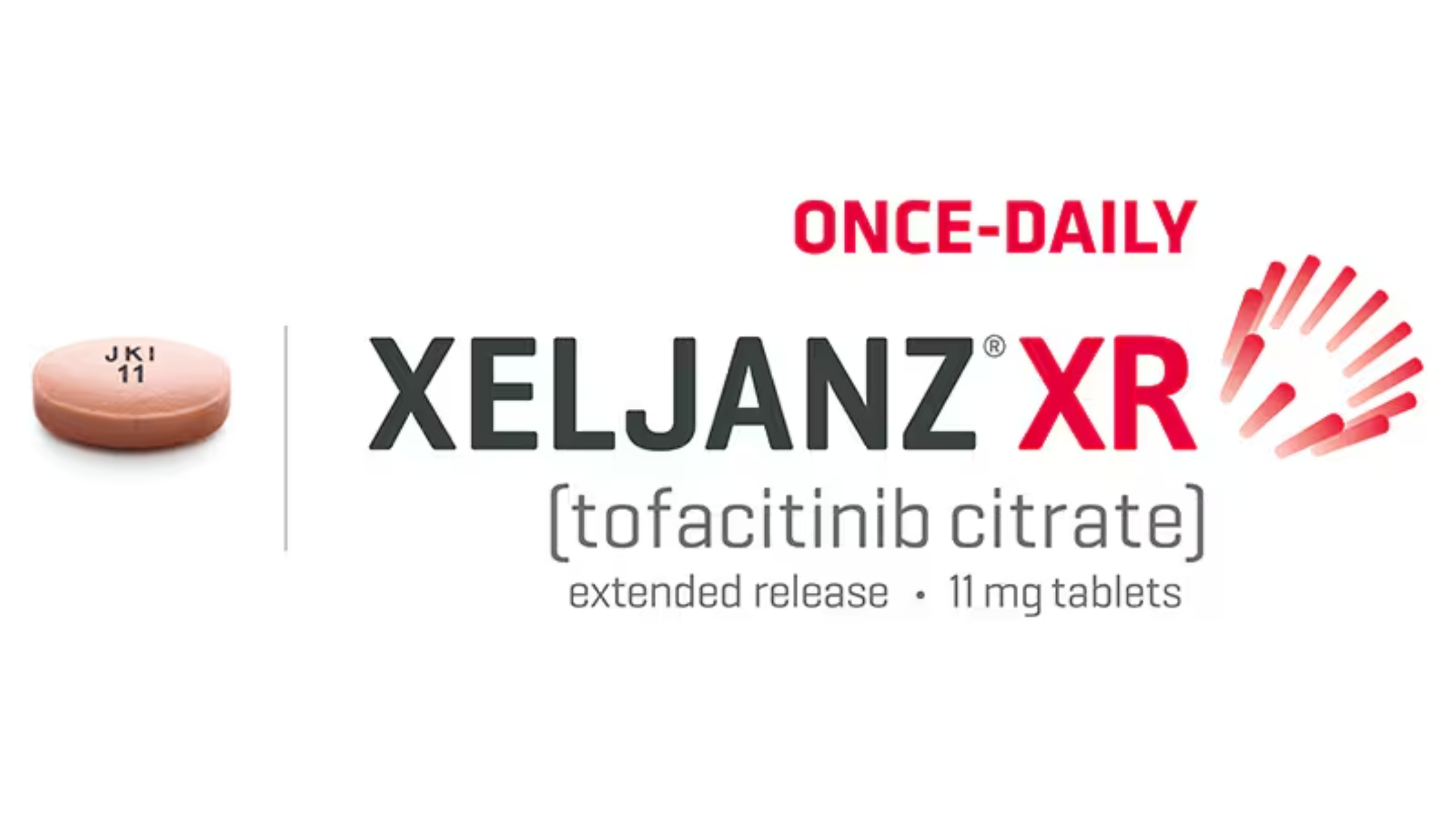Midazolam and seizures are closely linked in emergency care. Let’s explore how this drug Midazolam, stops seizures fast, its dosing, efficacy, and why it’s a preferred option over other treatments.
The Powerful Role of Midazolam in Seizure Management
Seizures, especially status epilepticus, can be life-threatening if not treated promptly. One of the fastest-acting and most effective medications used to manage seizures in both prehospital and hospital settings is midazolam. As a benzodiazepine with sedative and anticonvulsant properties, midazolam is often considered a frontline antidote for acute seizures.
We will strictly focus on midazolam and seizures, discussing how it works, when it is used, its effectiveness, routes of administration, dosing guidelines, and how it compares to other anticonvulsants.
How Midazolam Works in Seizures
Midazolam is a short-acting benzodiazepine that enhances the effect of gamma-aminobutyric acid (GABA), the brain’s primary inhibitory neurotransmitter. By increasing GABA activity, midazolam helps suppress the abnormal electrical activity in the brain that leads to seizures.
This GABA-ergic activity makes midazolam particularly effective in:
- Terminating ongoing seizures
- Preventing progression into status epilepticus
- Providing sedation in acute neurological emergencies
Clinical Use of Midazolam in Seizure Treatment
1. First-Line Treatment in Status Epilepticus
Status epilepticus (SE) is defined as a seizure lasting more than 5 minutes or two or more seizures without full recovery between them. Midazolam is widely used as a first-line treatment in both adult and pediatric status epilepticus due to:
- Rapid onset of action (typically within minutes)
- Multiple administration routes (IV, IM, IN, buccal)
- High efficacy compared to lorazepam and diazepam in some trials
2. Prehospital and Emergency Use
Midazolam has transformed prehospital care for seizures. Emergency medical services (EMS) now carry intramuscular or intranasal midazolam, making it possible to stop seizures in the field before hospital arrival.
Notably, the RAMPART trial (Rapid Anticonvulsant Medication Before Arrival Trial) confirmed that IM midazolam was at least as effective as IV lorazepam for terminating status epilepticus in the prehospital setting.
3. Pediatric Seizure Management
In children, intranasal or buccal midazolam has become a preferred method for seizure control. It is easier to administer and avoids the trauma and delay of intravenous access in an actively seizing child.
Routes of Administration for Seizure Control
Midazolam’s versatility is one of its strongest advantages. It can be administered through the following routes, depending on urgency and access:
- Intravenous (IV) – Preferred in hospital settings for rapid action
- Intramuscular (IM) – Ideal for prehospital and rapid use
- Intranasal (IN) – Non-invasive, commonly used in pediatric and home settings
- Buccal (between cheek and gum) – Commonly used by caregivers at home
- Rectal (less common) – Alternative when other routes are unavailable
Dosing of Midazolam for Seizures
Dosage depends on age, weight, and the route of administration. Below are standard dosing guidelines:
Adults:
- IV/IM/IN: 5–10 mg, may repeat if seizures persist
- Maximum dose: Usually up to 20 mg in acute settings
Pediatrics:
- IN/buccal: 0.2 mg/kg (max 10 mg per dose)
- IM/IV: 0.1–0.2 mg/kg depending on severity
Note: Dosing should be individualized, and vital signs must be closely monitored to avoid respiratory depression or hypotension.
Midazolam vs Other Benzodiazepines
| Feature | Midazolam | Lorazepam | Diazepam |
|---|---|---|---|
| Onset | Rapid (1–5 min) | Intermediate (5–10 min) | Rapid (1–3 min) |
| Duration | Short (1–2 hours) | Longer (6–12 hours) | Intermediate (4–6 hours) |
| Routes | IV, IM, IN, Buccal | IV, IM | IV, Rectal |
| Preferred in | Prehospital/field | Hospital | Pediatric rectal use |
While lorazepam has a longer duration and is often preferred in hospital IV settings, midazolam’s flexibility and faster absorption via IM and IN routes make it superior in field situations.
Safety and Side Effects
Midazolam is generally safe but not without risks, especially in higher doses or repeated administrations. Common adverse effects include:
- Respiratory depression
- Hypotension
- Excessive sedation
- Paradoxical agitation (rare)
Respiratory support should always be available during administration, particularly in children, the elderly, or those with compromised respiratory function.
Special Considerations
- Home Use: Caregivers of patients with epilepsy are often trained to administer buccal or intranasal midazolam for seizures at home.
- Chronic Epilepsy: Midazolam is not used as daily seizure prophylaxis. It’s reserved for acute management.
- Drug Interactions: Caution with opioids, alcohol, or other CNS depressants.
- Tolerance and Dependence: Prolonged use may cause tolerance or withdrawal.
Midazolam has become a critical antidote for seizures, especially status epilepticus. Its quick onset, multiple routes of administration, and proven efficacy make it indispensable in emergency neurology. Whether administered in an ambulance, emergency room, or home setting, midazolam delivers prompt seizure control, often preventing irreversible neurological damage.
For anyone dealing with seizures or managing patients prone to them, understanding midazolam’s role is not just important—it’s essential.
FAQ: Midazolam and Seizures
Q1: Can midazolam stop all types of seizures?
Midazolam is effective for generalized tonic-clonic seizures and status epilepticus but is not typically used for absence or focal aware seizures.
Q2: How fast does midazolam work in stopping a seizure?
It begins to act within 1–5 minutes, depending on the route.
Q3: Is intranasal midazolam safe for children?
Yes, when dosed appropriately, it is safe and widely used for pediatric seizures.
Q4: What’s better—midazolam or lorazepam for seizures?
Both are effective; midazolam is preferred in field use due to easier administration and rapid onset.
Q5: Is midazolam addictive?
It can be habit-forming if used frequently or for extended periods, but short-term use in seizures is generally safe.
If you need rapid relief from seizures or are caring for someone prone to them, consult a neurologist about keeping midazolam on hand—it might just be the fastest-working antidote you’ll ever need.
Discover Midazolam price.




